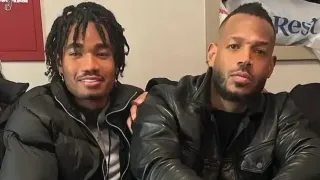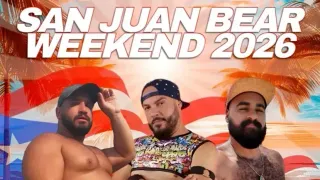November 13, 2018
Next U.S. Astronaut on Russian Rocket Confident After Mishaps
Marcia Dunn READ TIME: 2 MIN.
A U.S. astronaut said Friday she has no qualms about riding a Russian rocket next month despite back-to-back mishaps.
Army Lt. Col. Anne McClain said spaceflight is never 100 percent safe and it's coincidental that the last two Soyuz missions to the International Space Station encountered trouble.
Last month, astronauts had to make an emergency landing in Kazakhstan following a failed launch. A month earlier, a space station air leak was traced to a hole mysteriously drilled into a docked Soyuz capsule. Russian investigators are still working to understand how a rocket sensor ended up bent during manufacturing and how the hole wound up in the Soyuz.
McClain is set to blast off Dec. 3 on her first spaceflight, with a Russian and Canadian. They will spend six months aboard the orbiting lab.
The 39-year-old helicopter pilot, who has a young son, said her family is used to her risky work – she flew combat missions in the military.
Her crewmates, both men, also have children, she noted from training quarters in Star City, Russia.
"The hardest part about this business is being away from the kids," she said in an interview with The Associated Press. "But what I hope to teach him – and what I hope to teach all kids that are kind of looking at this – is that to achieve anything, it takes a lot of sacrifice."
Her own dream of becoming an astronaut goes back to her preschool days in Spokane, Washington. NASA chose her in 2013.
McClain said she views the Oct. 11 launch accident as "a success story," given that the abort system saved her friends' lives. She was back home in Houston, watching the flight and listening to the astronauts' radio communications.
"The crew was lucky. But every crew that makes it to orbit is lucky. Spaceflight's not easy," she said.
The American on the aborted flight, Nick Hague, gave her "the inside scoop" when he got back to Houston.
Hague and Russian Alexei Ovchinin have been promised another shot at space, possibly next year. But McClain said she's uncertain whether they will arrive before her own mission ends in June.
Since the accident, three Soyuz rockets have launched successfully with satellites. One more Soyuz flight is planned before McClain's launch, this one carrying supplies for the space station.
Her own rocket has been inspected for any deformities. She's so confident in the rocket and its decades-long history of successes that she said she would have climbed aboard the Soyuz to fly the day after the accident.
The launch abort was the first in 35 years for Russia's human spaceflight program and only the third one ever.
Russian officials have moved up McClain's flight by a few weeks so she, Canadian David Saint-Jacques and Russian Oleg Kononenko can spend enough time with the current three station residents, an American, German and Russian due to return to Earth on Dec. 20. The two Russians plan a spacewalk during their shared time to survey the punctured Soyuz from the outside. A makeshift patch is keeping the spacecraft airtight.
___
The Associated Press Health & Science Department receives support from the Howard Hughes Medical Institute's Department of Science Education. The AP is solely responsible for all content.






